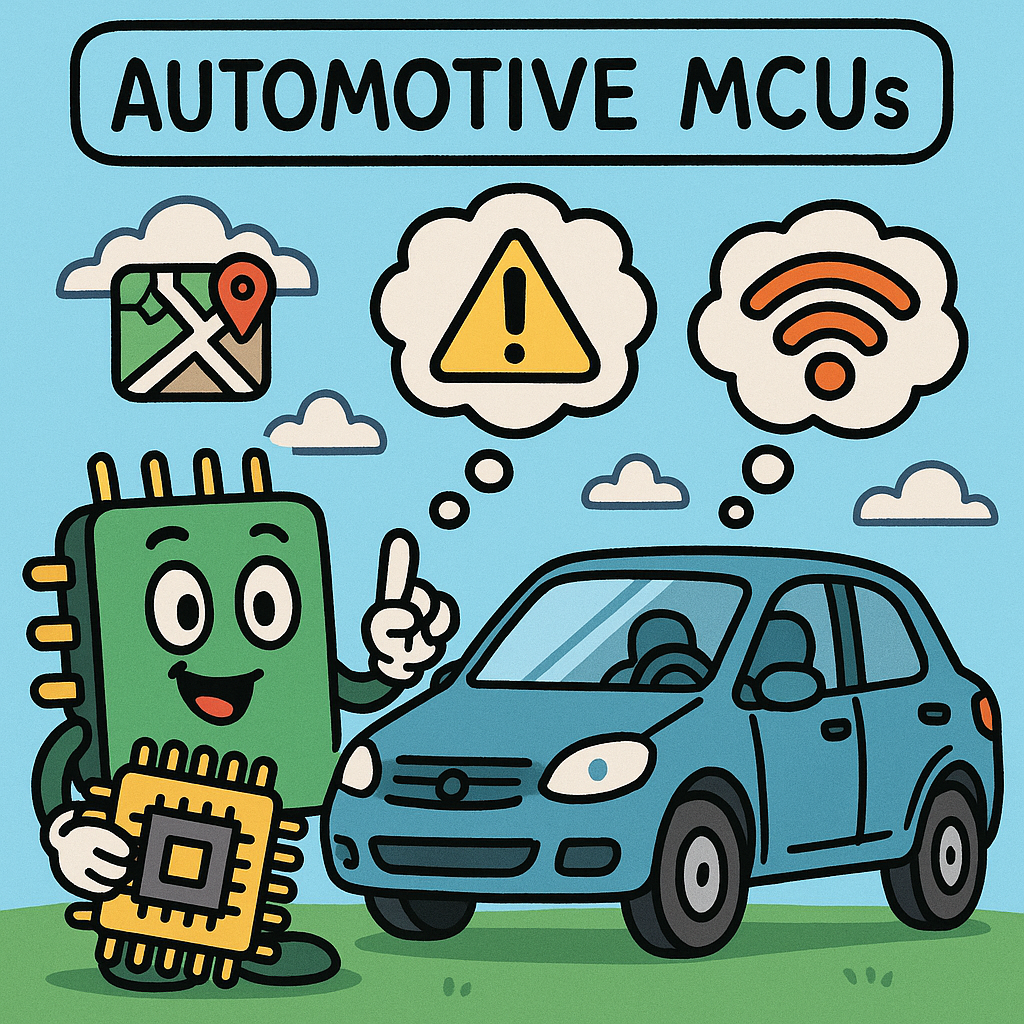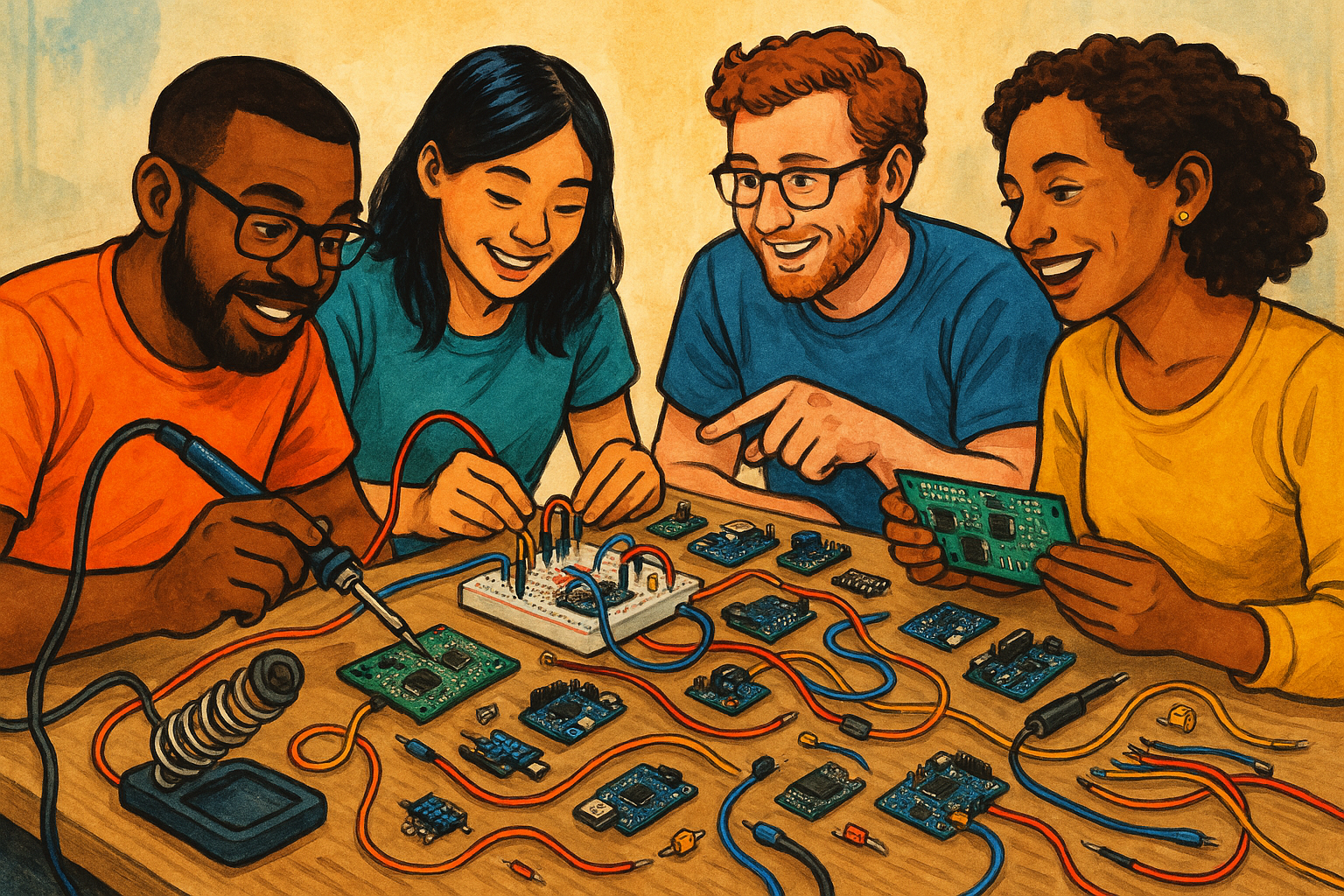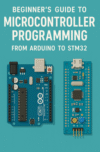# The Evolution of Automotive MCUs: Driving the Future of Embedded Systems
As I sit in my car, I can’t help but marvel at the complex dance of technology that makes my daily commute a breeze. From adaptive cruise control to lane-keeping assistance, modern vehicles are nothing short of technological marvels. At the heart of this automotive innovation lies a silent hero: the microcontroller unit (MCU). These tiny chips are the brains behind the operations, and their evolution is driving the future of automotive technology in ways we might not fully appreciate yet.
## The Rise of Automotive MCUs
The automotive industry is undergoing a seismic shift. With the advent of electric vehicles (EVs) and the push for autonomous driving, the demand for sophisticated embedded systems has skyrocketed. Automotive MCUs, which were once relegated to simple tasks like engine management, are now tasked with high-stakes functions, managing everything from infotainment systems to critical safety features.
**Why the surge?** The answer lies in the convergence of several trends:
– **Increased complexity**: Modern vehicles are equipped with dozens of sensors, cameras, and communication systems. Each of these components requires a dedicated MCU to function efficiently.
– **Safety and compliance**: Regulatory bodies are mandating higher safety standards, pushing manufacturers to integrate advanced driver-assistance systems (ADAS) that rely heavily on sophisticated MCUs.
– **Connectivity**: The rise of the Internet of Things (IoT) means vehicles need always-on connectivity, and that requires powerful processing capabilities paired with efficient power management.
## The MCU Landscape: RISC-V, ARM, and Beyond
As we look at microcontroller trends, two architectures dominate: ARM and RISC-V. ARM has long been the king in automotive applications, providing a robust ecosystem and proven performance. Its ability to balance power efficiency with processing capability makes it a go-to choice for many automakers.
However, RISC-V is gaining traction, and for good reason. This open-source architecture presents an exciting opportunity for innovation. Imagine a world where manufacturers can customize their MCUs without the hefty licensing fees associated with ARM. This could lead to rapid advancements in automotive applications, especially in areas like machine learning and AI accelerators.
**Take a moment to consider:** What if your vehicle could learn your driving patterns and adapt its performance in real-time? RISC-V could make that a reality, pushing the boundaries of what’s possible in the automotive space.
## Hardware-Software Integration: The Key to Success
The integration of hardware and software is no longer a luxury; it’s a necessity. As automotive systems grow more complex, the traditional silos between hardware and software teams are breaking down. Collaborative development practices are essential to streamline the design process, reduce time to market, and ensure reliability.
**Best practices in this area include:**
– **Agile development methodologies**: These allow teams to iterate quickly, adapting to changes in requirements and technology.
– **Simulation and modeling**: Using tools to simulate the hardware behavior can significantly reduce costly prototyping cycles.
– **Cross-functional teams**: Encouraging engineers from both hardware and software backgrounds to work together fosters innovation and leads to more robust solutions.
## Navigating Policy, Regulation, and Supply Chain Challenges
As exciting as the future of automotive MCUs is, it’s not without its challenges. Regulatory hurdles continue to evolve, with standards like ISO 26262 guiding functional safety in automotive systems. Navigating these regulations requires not only technical expertise but also a deep understanding of the policy landscape.
Moreover, the global semiconductor shortage has placed immense pressure on the automotive industry. With supply chains still reeling from the pandemic, manufacturers are being forced to reconsider their sourcing strategies. This situation highlights the need for greater resilience in the supply chain, particularly for components as critical as MCUs.
## Looking Ahead: The Future of Automotive MCUs
So, what does the future hold for automotive MCUs? As we dive deeper into the realms of AI, edge computing, and robotics, the potential applications are staggering. Imagine a vehicle that not only communicates with other vehicles but also learns from its environment in real time. The integration of AI at the edge could transform our cars into intelligent companions that anticipate our needs, improve safety, and enhance the overall driving experience.
**Key predictions include:**
– **Increased adoption of AI accelerators**: These will pave the way for smarter vehicles that can process vast amounts of data on the fly.
– **Emergence of new players in the MCU space**: Startups focusing on niche applications will challenge established giants, fostering innovation and competition.
– **Greater emphasis on sustainability**: As the automotive industry shifts towards greener technologies, MCUs will be integral in developing energy-efficient systems.
The automotive MCU landscape is evolving rapidly, driven by technological advancements and changing consumer expectations. As engineers, hobbyists, and industry professionals, we have a front-row seat to this transformation. Embracing the challenges and opportunities ahead will not only shape the future of automotive technology but also redefine our relationship with mobility itself. So, buckle up—it’s going to be an exciting ride!



